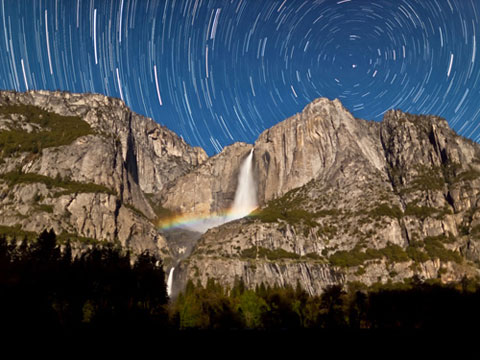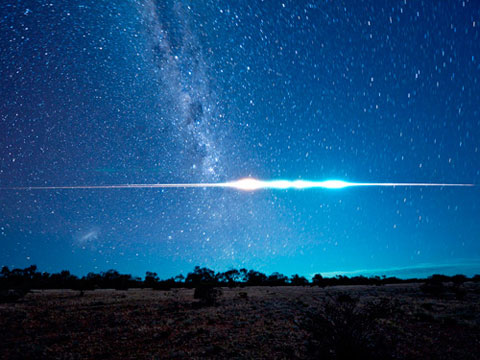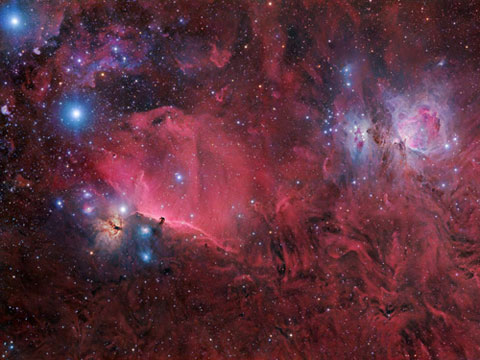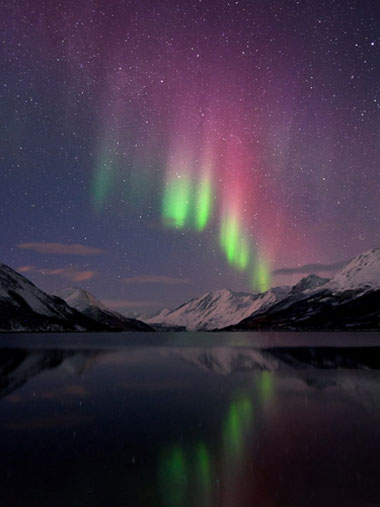Impressive astronomical photo
Meteor flying above the ancient tower, the aurora printing on the lake surface, streaks of light in the sky are beautiful photos sent to the 2011 Space Photographer Contest organized by the Royal Royal Observatory. .
The list of winning works will be announced in the next few days. The winning works will be exhibited at the Royal Observatory from 9/9 to 2/2012, Newscientist said.

The sky streaks are created by directing the camera lens to the sky and shooting with long exposure techniques (slow speed). Due to the Earth's rotation, the stars create circular light trails. This scene is recorded in Yosemite National Park, California, USA. To create it, photographers took 500 pictures continuously for hours and then stitched them together. (Photo: Jeffrey Sullivan).

The bright sky trail in the picture was created by Japan's Hayabusa spacecraft when it returned to Earth in June 2010 after flying to a meteorite to sample dust. The spacecraft landed safely in an uninhabited area of Australia. (Photo: Kouji Ohnish).

The Orion Nebula (on the right of the image) is the closest star-forming region to the earth. People can observe it with the naked eye. A large cloud of hydrogen gas emits pink light near the center of the image. The Horsehead Nebula is located next to the hydrogen cloud. (Photo: Fabian Neyer).

Aurora in the North Pole. (Photo: Christian Salomonsen).

The Milky Way appears above the village of Oneroa near the coast of Mangaia in the Cooks Islands, New Zealand. Scientists believe that 200 to 400 billion stars and at least 50 billion planets exist in the Milky Way. (Photo: Tung Tezel).

A Perseid meteor streak flies above an ancient tower in England. (Photo: Mike DT6).
- Impressive astronomical photos in the month
- Photo of the impressive universe last week
- The impressive astronomical images 2013
- Impressive astronomical photos of the week
- The most adventurous selfie in the world
- The most beautiful nature photo of April
- Impressive space photo 2014
- Beauty of the universe in the week
- Impressive nature photos
- Four horned sheep
- The most impressive scientific photos of 2015
- Huge roses in the universe
 The 11 most unique public toilets in the world
The 11 most unique public toilets in the world Explore the ghost town in Namibia
Explore the ghost town in Namibia Rare historical moments are 'colored', giving us a clearer view of the past
Rare historical moments are 'colored', giving us a clearer view of the past The world famous ghost ship
The world famous ghost ship